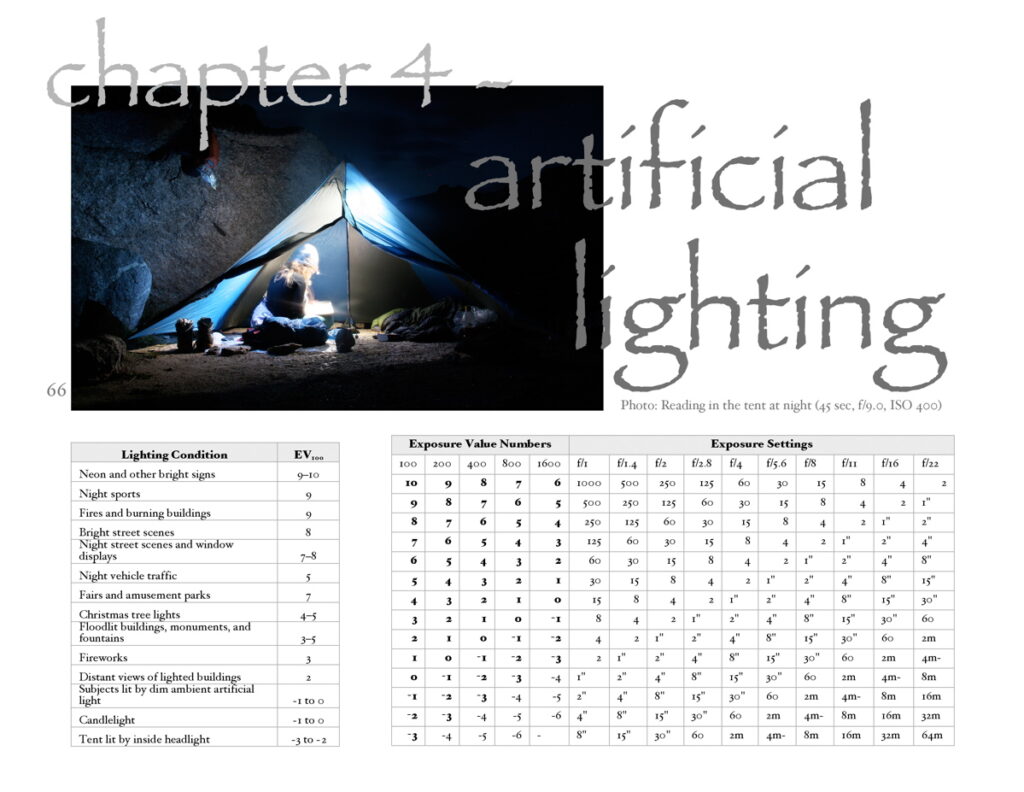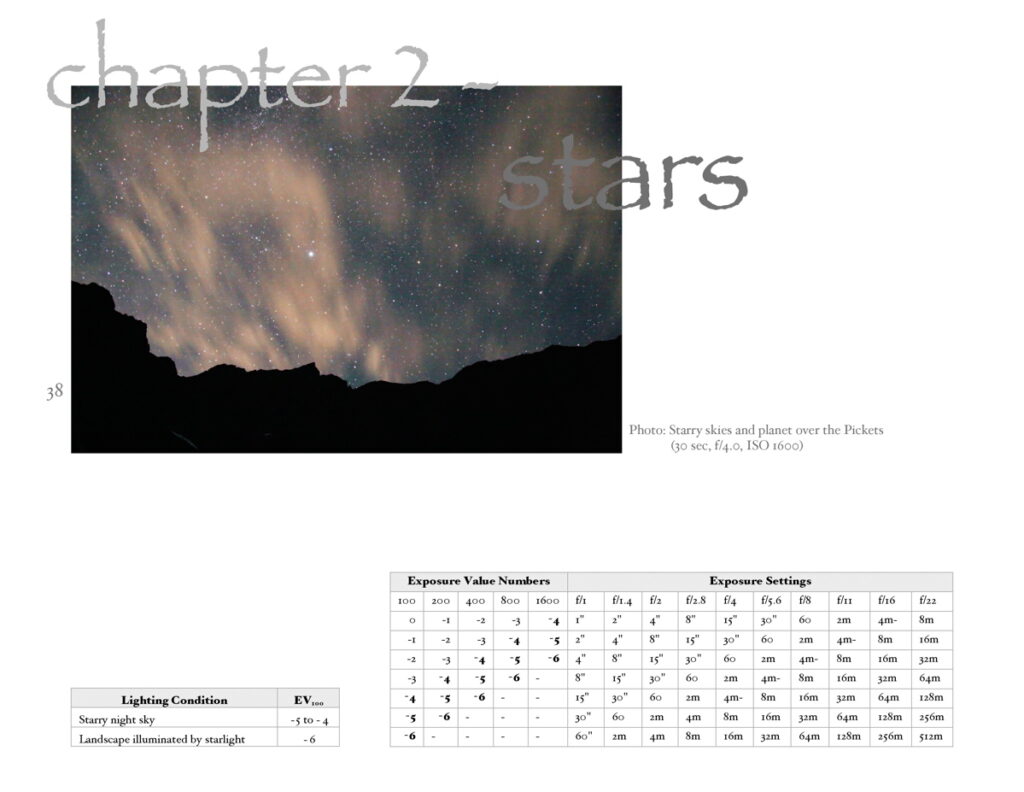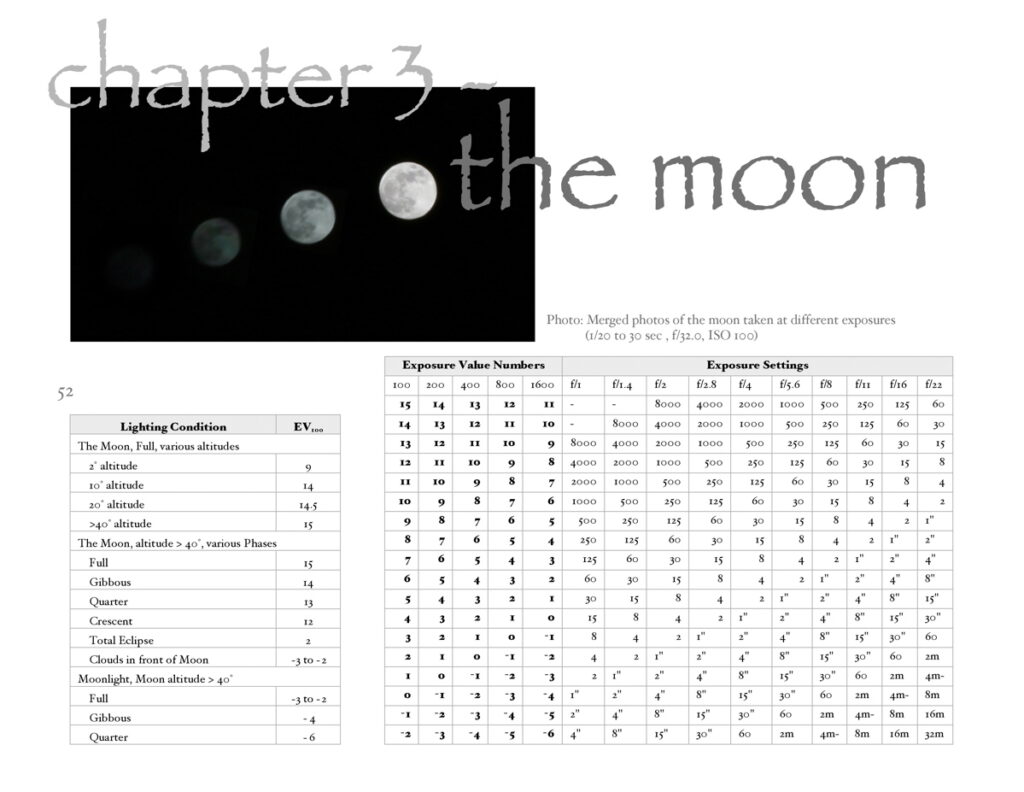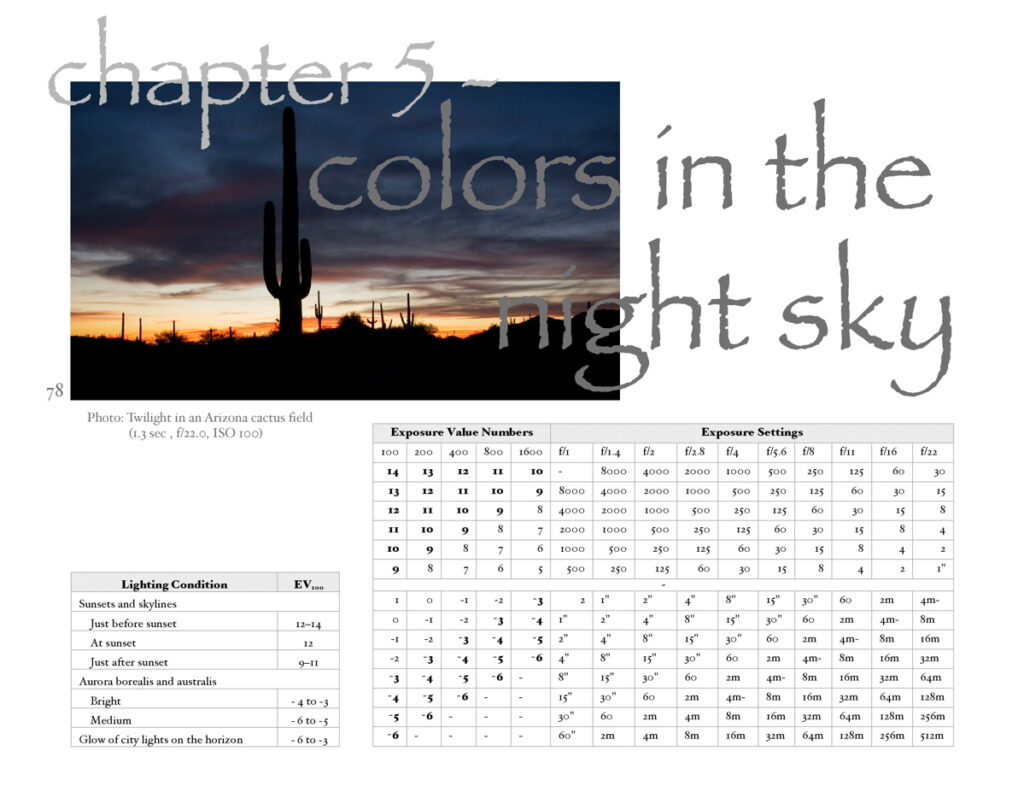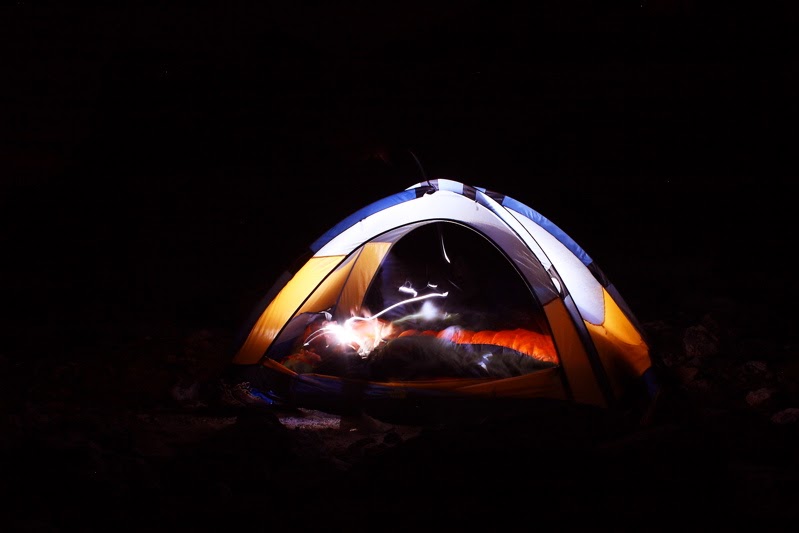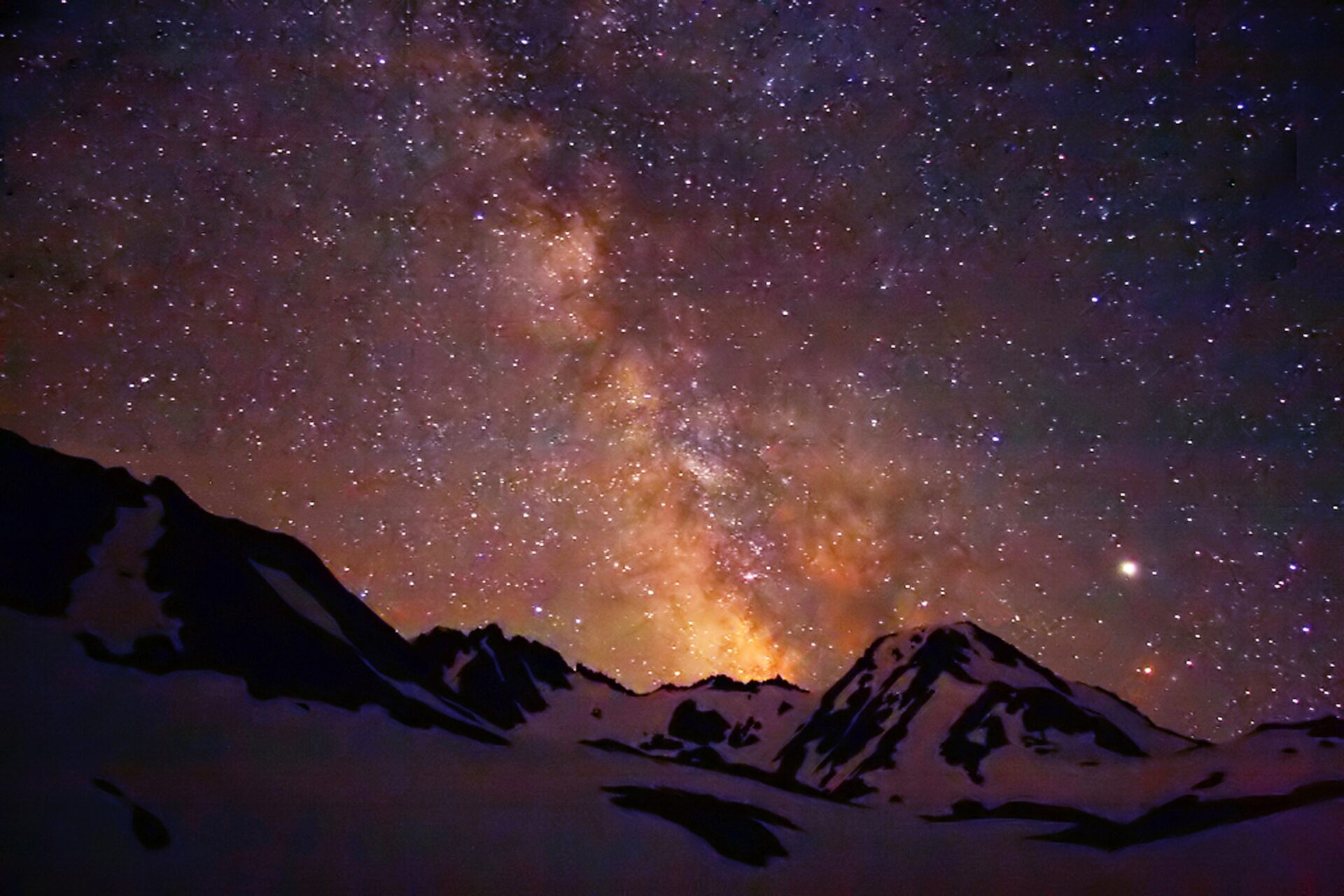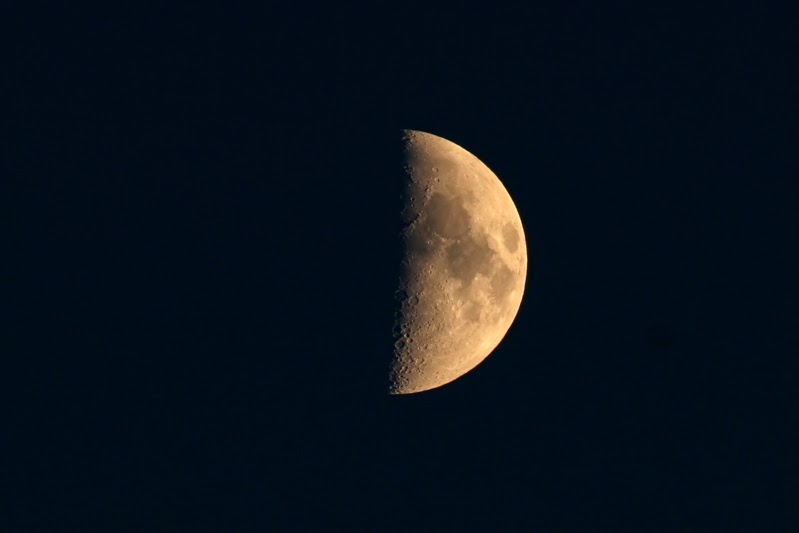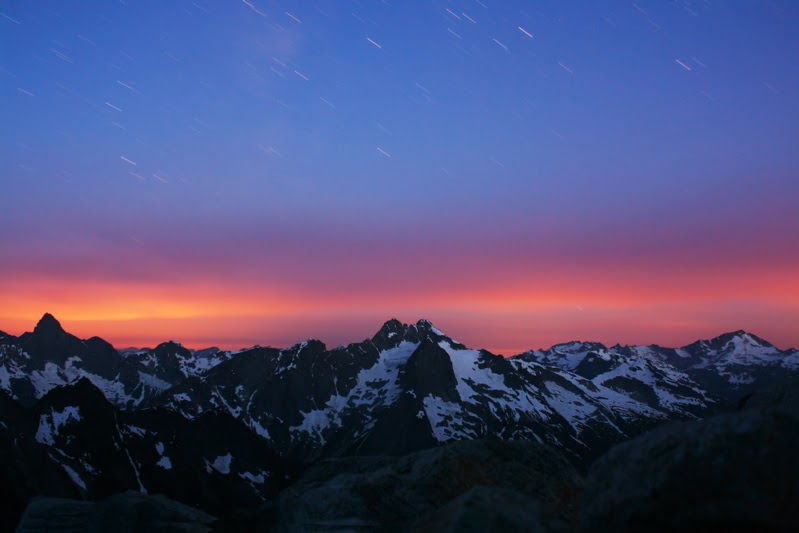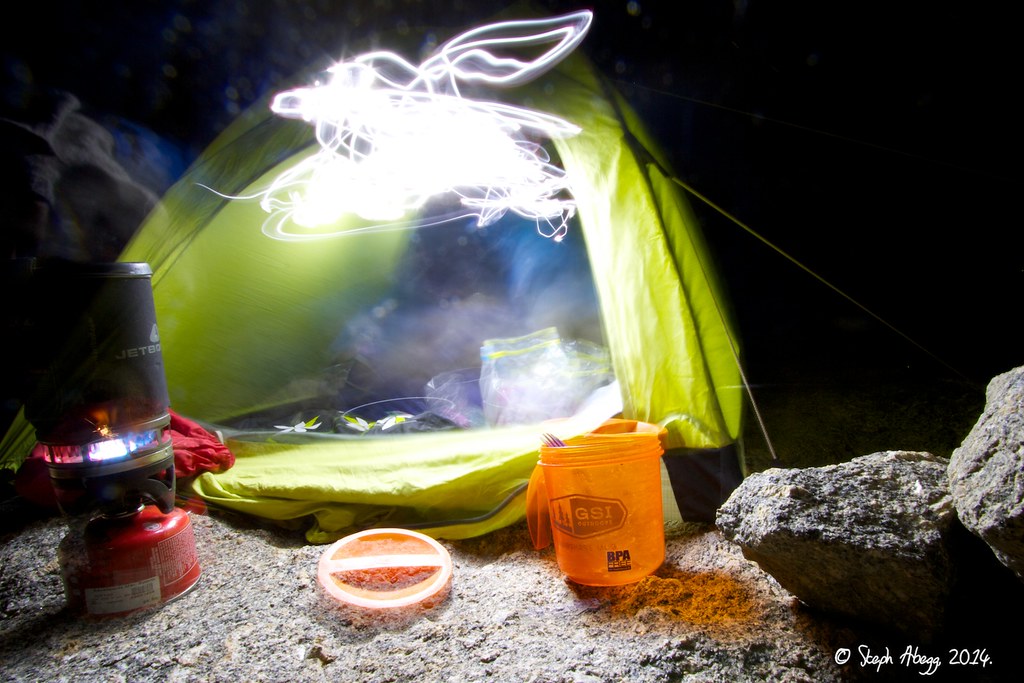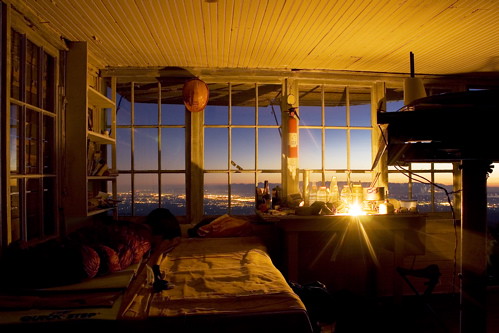CLICK ON THE SECTION HEADER TO DROPDOWN THE CONTENT
The exposure of a photograph is a function of the amount of light entering (or being recorded by) the camera. For a given scene, the amount of light entering (or being recorded by) the camera is controlled by three settings, which can be adjusted independently of the others:
- Aperture: (the area of) the opening through which light travels into the camera; wider apertures (which are non-intuitively represented by smaller f-numbers) allow more light to enter the camera. A standard sequence in one-stop increments of f-numbers from a narrow aperture to wide is: 32.0, 22.0, 16.0, 11.0, 8.0, 5.6, 4.0, 2.8, 2.0, 1.4.
- Shutter speed: the length of the exposure; longer shutter speeds allow more light to enter the camera for a given photograph. A standard sequence in one-stop increments of shutter speed (in seconds) from short exposure to long is: 1/2000, 1/1000, 1/500, 1/250, 1/125, 1/60, 1/30, 1/15, 1/8, ¼, ½, 1, … (much longer for night photos).
- ISO speed: in film cameras, ISO refers to the film speed; in digital cameras, it represents the sensitivity of the sensor; higher ISO corresponds to higher sensitivity and allows the camera's film or sensor to record more of the incoming light. A standard sequence in one-stop increments of ISO from low speed to high is: 50, 100, 200, 400, 800, 1600, 3200.
There is a reciprocal relationship between aperture, shutter speed, and ISO speed:
Exposure ~ Aperture Area x Exposure Time x Film/Sensor Sensitivity (ISO)
These three camera settings are calibrated in stops, or doublings and halvings. For instance, for a given scene, doubling the amount of light entering or being recorded by the camera can be achieved by:
It is important for the night photographer to know that there is an exception to the direct linear application of reciprocity for situations that involve low light and longer exposure times. Termed "reciprocity failure," this occurs when the light levels decrease out of the reciprocity range. At low light levels, i.e. fewer photons per unit time, photons impinge upon the photographic medium relatively infrequency, and the partial charge created as the photons arrive is not stable enough to survive before enough photons arrive to record a permanent latent image. The usual trade-off between aperture and shutter speed is no longer proportional, and the increase in duration, and hence of total exposure, required to produce an equivalent response becomes higher than linear reciprocity predicts. In other words, in low light when exposure times are greater than about 1 second, the exposure time must be more than doubled to double the exposure.
These three camera settings are calibrated in stops, or doublings and halvings. For instance, for a given scene, doubling the amount of light entering or being recorded by the camera can be achieved by:
- Doubling the area of the aperture (i.e. decreasing the f-number by one stop)
- Doubling the shutter time
- Doubling the ISO
It is important for the night photographer to know that there is an exception to the direct linear application of reciprocity for situations that involve low light and longer exposure times. Termed "reciprocity failure," this occurs when the light levels decrease out of the reciprocity range. At low light levels, i.e. fewer photons per unit time, photons impinge upon the photographic medium relatively infrequency, and the partial charge created as the photons arrive is not stable enough to survive before enough photons arrive to record a permanent latent image. The usual trade-off between aperture and shutter speed is no longer proportional, and the increase in duration, and hence of total exposure, required to produce an equivalent response becomes higher than linear reciprocity predicts. In other words, in low light when exposure times are greater than about 1 second, the exposure time must be more than doubled to double the exposure.
Based on the reciprocity of the camera settings, the exposure value (EV) is a mathematical construct that denotes all combinations of camera shutter speed and aperture that give the same exposure at the same ISO speed. The concept was developed in an attempt to simplify choosing among combinations of equivalent camera settings, although practice and experience usually replaces the need for tabulated exposure values.
Mathematically, exposure value is a base-2 logarithmic term defined by
EV = log2(N^2/t)
where N is the f-number related to the size of the aperture, and t is the exposure time in seconds. As indicated by the formula, the EV increases as f-number increases (i.e. smaller aperture opening) or exposure time decreases (i.e. faster shutter speed). Hence, greater EV correspond to more brightly lit scenes, while lower EV correspond to dimly lit scenes. Typical values of EV range from -6 to 16, with EV 0 corresponding to an exposure time of 1 s and a relative aperture of f/1.0. Most night photography takes place in situations with negative EV. Exposure value is also used to indicate an interval on the photographic exposure scale, with 1 EV corresponding to a standard power-of-2 exposure stop.
Every scene—a Full Moon casting a beam of light over the ocean, the colorful reds and greens of Aurora Borealis, the Milky Way in a starry night sky—has a characteristic EV related to the brightness of the scene. Some photographers use a light meter to determine the EV. However, lighting is often predictable, so the EV of a scene can often be determined with reasonable accuracy from standard values. Tables of standard values are provided below. As an example of how to use them, consider a nightscape under a half moon (i.e. Gibbons moon). The EV table shows that this scene has an EV of around -4. Using the second table, for a given ISO the EV value can be used to determine a combination of shutter speed and aperture—for example, ISO of 800, f/4.0, and 30 seconds would give the correct exposure.
These charts are good to know about, but with a little practice choosing a suitable combination of camera settings (i.e. EV) becomes quite intuitive, and most photographers don't even think about the EV value their chosen combination represents.
Although all camera settings with the same EV nominally give the same exposure, they often do not give the same photographic result. For example, a 30-second f/1.4 exposure of the Big Dipper is nominally equivalent to a 16-minute exposure at f/8; the first will show the pinprick stars, while the second will show star trails. In night photography, the exposure time plays an important role in the overall outcome of the photo, so often it is just a matter of choosing the appropriate aperture and ISO setting to suite the desired exposure time and EV of the scene.
Mathematically, exposure value is a base-2 logarithmic term defined by
EV = log2(N^2/t)
where N is the f-number related to the size of the aperture, and t is the exposure time in seconds. As indicated by the formula, the EV increases as f-number increases (i.e. smaller aperture opening) or exposure time decreases (i.e. faster shutter speed). Hence, greater EV correspond to more brightly lit scenes, while lower EV correspond to dimly lit scenes. Typical values of EV range from -6 to 16, with EV 0 corresponding to an exposure time of 1 s and a relative aperture of f/1.0. Most night photography takes place in situations with negative EV. Exposure value is also used to indicate an interval on the photographic exposure scale, with 1 EV corresponding to a standard power-of-2 exposure stop.
Every scene—a Full Moon casting a beam of light over the ocean, the colorful reds and greens of Aurora Borealis, the Milky Way in a starry night sky—has a characteristic EV related to the brightness of the scene. Some photographers use a light meter to determine the EV. However, lighting is often predictable, so the EV of a scene can often be determined with reasonable accuracy from standard values. Tables of standard values are provided below. As an example of how to use them, consider a nightscape under a half moon (i.e. Gibbons moon). The EV table shows that this scene has an EV of around -4. Using the second table, for a given ISO the EV value can be used to determine a combination of shutter speed and aperture—for example, ISO of 800, f/4.0, and 30 seconds would give the correct exposure.
These charts are good to know about, but with a little practice choosing a suitable combination of camera settings (i.e. EV) becomes quite intuitive, and most photographers don't even think about the EV value their chosen combination represents.
Although all camera settings with the same EV nominally give the same exposure, they often do not give the same photographic result. For example, a 30-second f/1.4 exposure of the Big Dipper is nominally equivalent to a 16-minute exposure at f/8; the first will show the pinprick stars, while the second will show star trails. In night photography, the exposure time plays an important role in the overall outcome of the photo, so often it is just a matter of choosing the appropriate aperture and ISO setting to suite the desired exposure time and EV of the scene.
Exposure Settings and Exposure Values (click to enlarge)
It is typical in night photography to use a higher ISO setting to increase the sensitivity of the camera to incoming light. The downside is that high ISO leads to noise—the appearance of random "bad" pixels scattered over the photo. It is a similar effect as "grain" in film photography and it degrades the photo quality.
A bit of physics: The camera's electronic sensor is built from many tiny pixels that are hit with incoming photons of light and in this way register the image. There is always a level of background noise, largely caused by free electrons from the image sensor itself that contaminate the photoelectrons from the incoming light. Several phenomena can cause the natural noise from the sensor becomes more pronounced: (1) Higher temperature causes more electron excitement (so a photo taken on a cold night will have less noise than a photo taken on a warm night). (2) Low light causes the amount of light energy measured by each pixel of the CCD to be low; some pixels can appear as noise because the energy level measured for them is significantly close to or higher than the actual light intensity. (3) Long exposure times cause the CCD to accumulate more light in each pixel, but at the same time accumulate more noise. (4) High sensitivity modes, such as a high ISO setting, cause the sensor to amplify the measurements it takes, amplifying its own natural noise as well as the incoming light; also, boosting the ISO heats up the sensor which can introduce even more noise.
Noise can be reduced by addressing any of these causes, although this can be particularly difficult in night photography where often all four sources of noise are present). One useful technique is to take a dark frame (which records the amount of noise collected on the sensor) for the same length of time as the exposure and subtract this from the photo.
A bit of physics: The camera's electronic sensor is built from many tiny pixels that are hit with incoming photons of light and in this way register the image. There is always a level of background noise, largely caused by free electrons from the image sensor itself that contaminate the photoelectrons from the incoming light. Several phenomena can cause the natural noise from the sensor becomes more pronounced: (1) Higher temperature causes more electron excitement (so a photo taken on a cold night will have less noise than a photo taken on a warm night). (2) Low light causes the amount of light energy measured by each pixel of the CCD to be low; some pixels can appear as noise because the energy level measured for them is significantly close to or higher than the actual light intensity. (3) Long exposure times cause the CCD to accumulate more light in each pixel, but at the same time accumulate more noise. (4) High sensitivity modes, such as a high ISO setting, cause the sensor to amplify the measurements it takes, amplifying its own natural noise as well as the incoming light; also, boosting the ISO heats up the sensor which can introduce even more noise.
Noise can be reduced by addressing any of these causes, although this can be particularly difficult in night photography where often all four sources of noise are present). One useful technique is to take a dark frame (which records the amount of noise collected on the sensor) for the same length of time as the exposure and subtract this from the photo.
In low light, the camera's automatic focus typically will not work. So when setting up a night photo, you usually need to use manual focus to make sure the main subject of the photograph is in focus. For landscapes and stars with no foreground objects, setting the focus to infinity is usually best. If you have a chance to set up your photo while it is still light enough to use automatic focus, you can set the focus this way and then turn off the automatic focus for the night photograph.
If you are not sure what combination of exposure settings (shutter speed, aperture, ISO) to use, here's a quick-and-dirty technique that works pretty well. Set your camera at its highest ISO setting, its widest aperture, and a shutter speed of 30 seconds. After taking the photo, examine the photo's histogram on the camera (sorry film users, this trick only works with a digital camera). If the image is underexposed, increase the shutter speed until you get the correct exposure; if the image is overexposed, decrease the shutter speed (or decrease the ISO) until you get the correct exposure. Once you find the desirable exposure, "stop down" the ISO (since a lower ISO is desirable as it results in less noise) and "stop up" the shutter speed (towards longer exposure) or aperture (towards narrower aperture) by the same number of stops used to stop down the ISO. For long exposures, you usually need to add an extra half-stop to the exposure time, due to reciprocity failure at longer exposure lengths.

Since starting this website, I have started to pick away at a book titled "Night Photography: Physics to Photos", which gives several interesting articles on the technical principals of night photography and astronomy phenomena, along with several of my favorite night photographs. I'd love to publish it someday.
